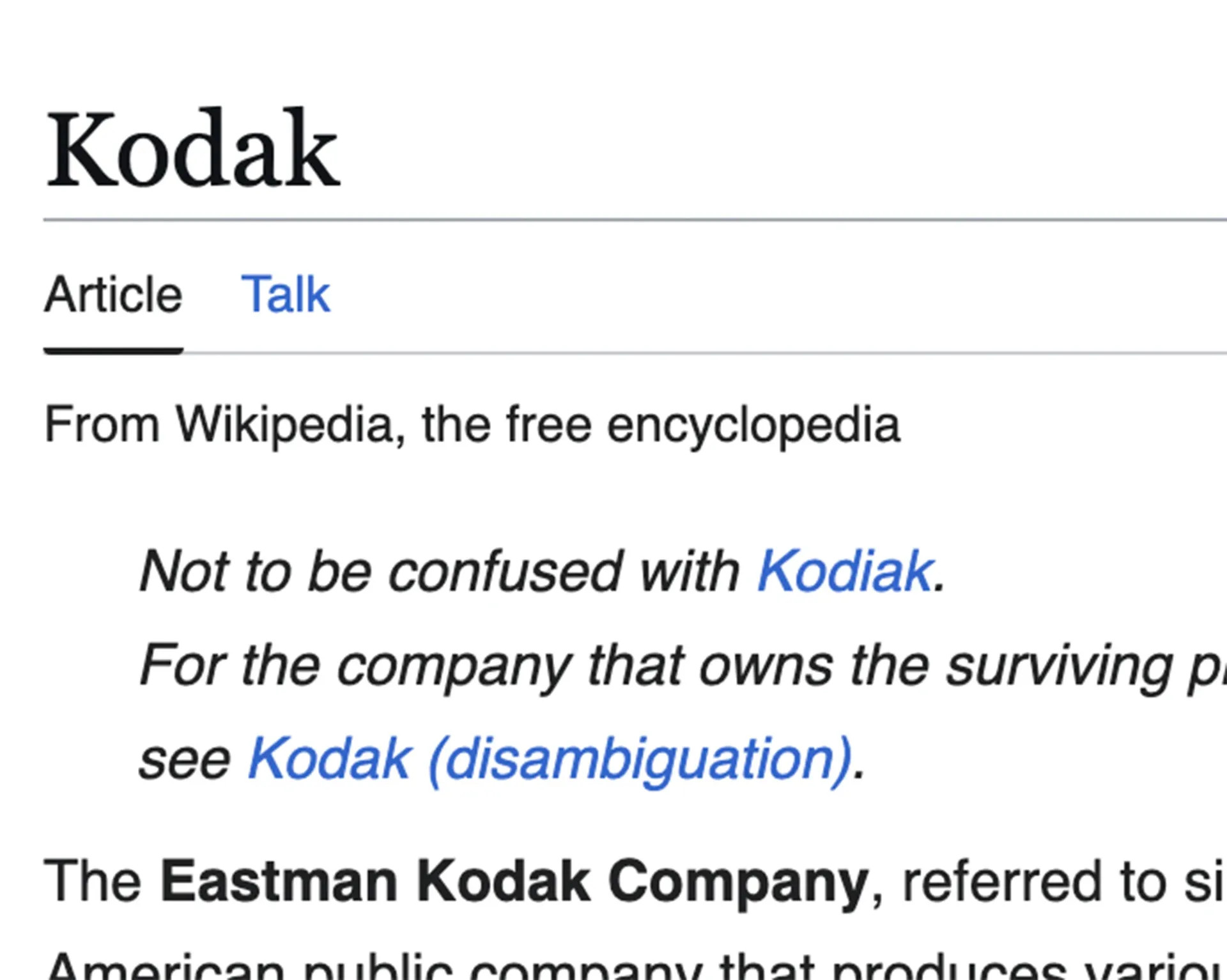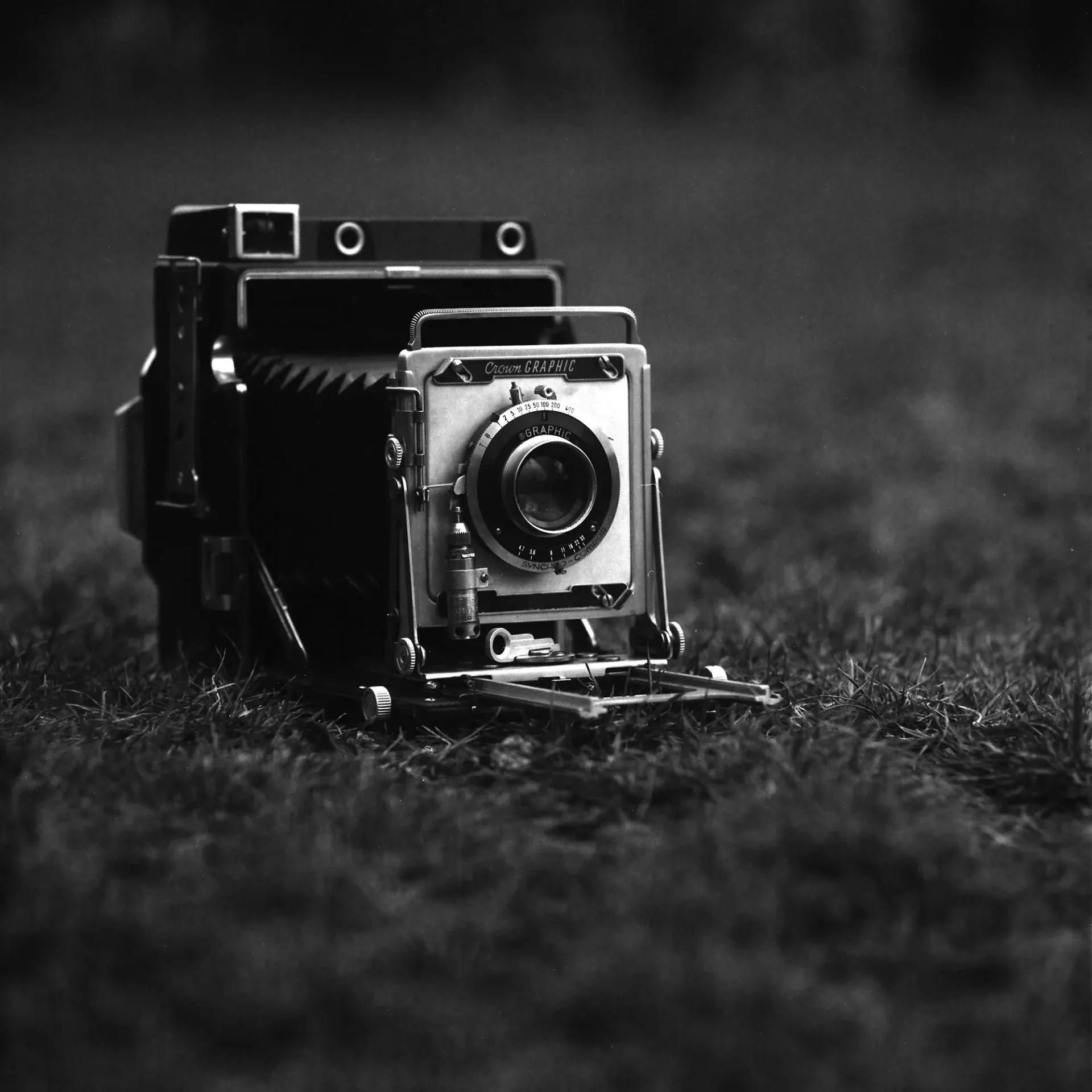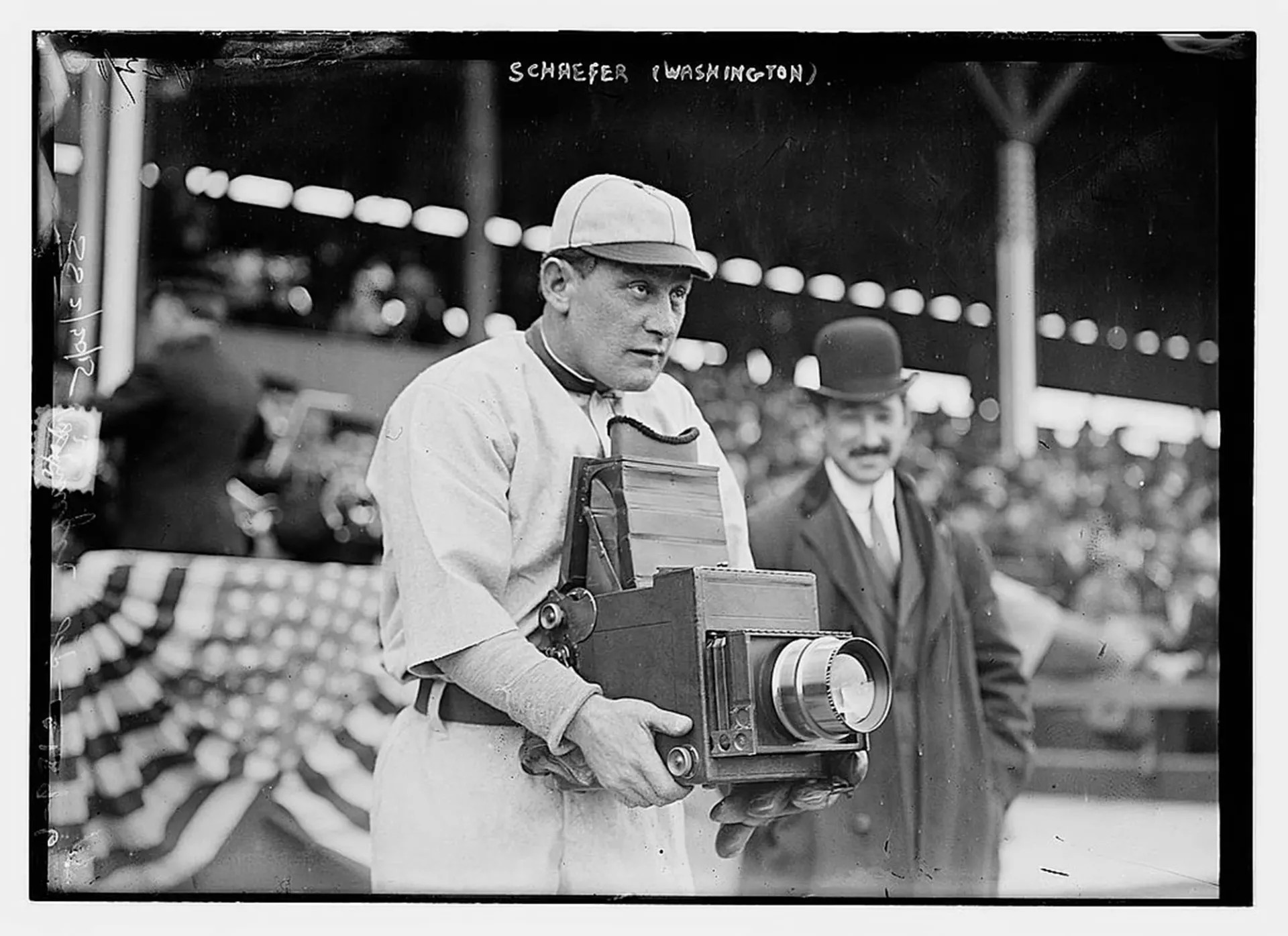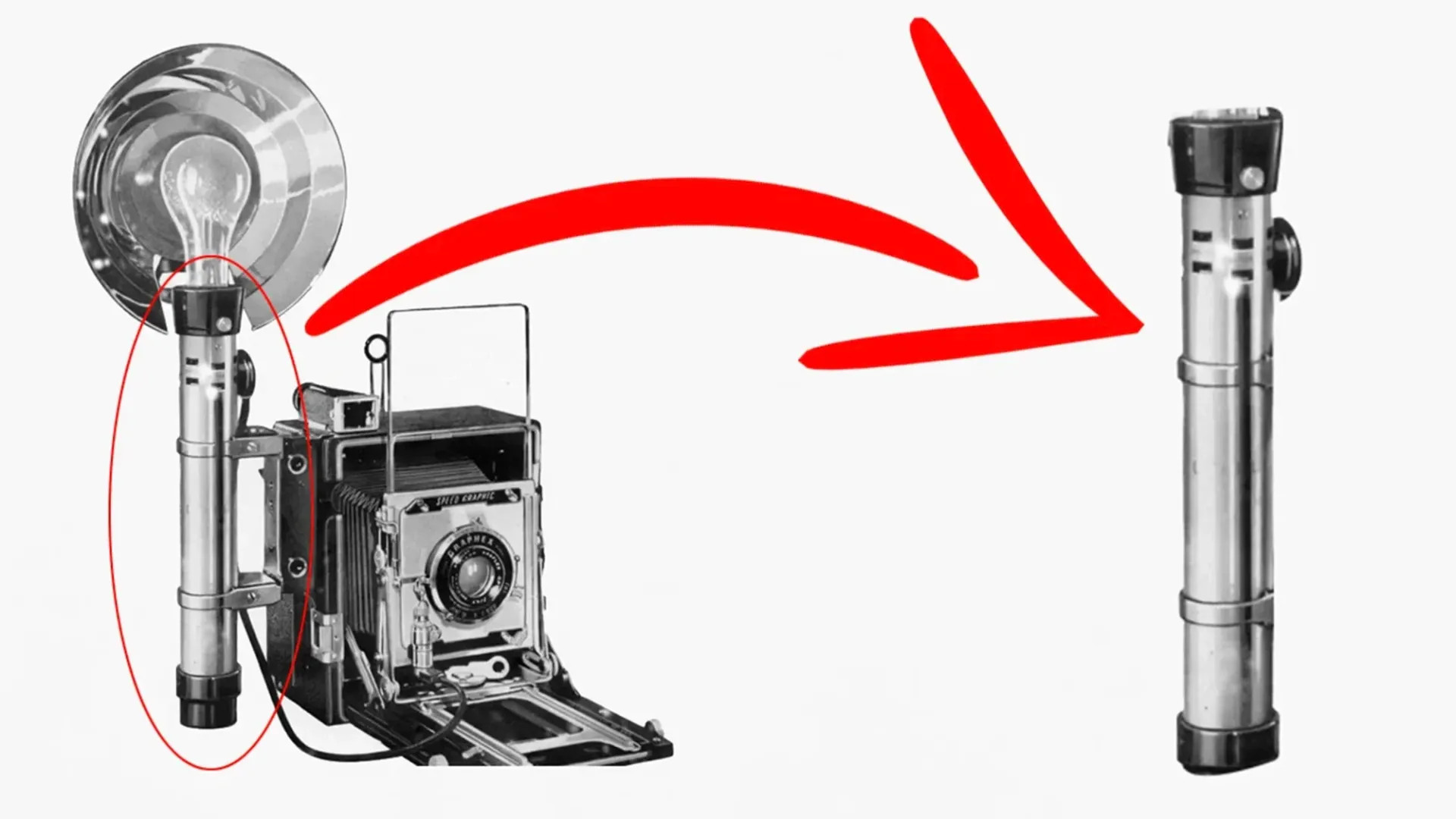#2 Graflex Pacemaker Crown Graphic 4x5"
A complicated name, but a simple machine. A press iteration of a long and noble bloodline that has steadily dominated its industry for decades.
You're a reporter in the US in the twentieth century and you're wondering what kind of camera you should get. Actually, you don't have to. Graflex. Done, solved.
Unless you planned to be a mumbling weirdo, having a need to always go against everything popular (hello Pentaxists and my reflection in the mirror), there was almost no reason to get anything other than a Graflex - a company that dominated the industry between 1912 and 1973.
- The company itself, of course, has been around much longer than that - dating back to 1887, but cameras were still more of a sideline. That changed in 1909, when the company was swallowed up by the behemoth of photography, Kodak (not to be confused with Kodiak, as Wikipedia so innocently warns us).
- There were many more models and variants - even medium-format, large-format monorails and 35mm machines - but these never achieved such fame.
The first time Graflex bared its fangs was before it was eaten by Kodiak, sorry, absorbed by Kodak, with the production of the unique SLR Graflex. It had a folding mirror, you looked into it from above and it looked pretty obscure. However, it had a built-in shutter and you could use almost any lens on it. Quite innovative and decades ahead of its time.
In 1912, Graflex maxed the volume and the Speed Graphic saw the light of day. The benefits were far-reaching: compact size, low weight, in addition to a ground glass for focusing, a coupled rangefinder, flash compatibility and an internal shutter.
- The rangefinder is a little device for focusing, where you look into the viewfinder with two images of what you're shooting, and with shifting the bellows or rotating the lens, the images converge and the moment they overlap, focus is achieved (think of it as squinting oyour eyes and gradually stopping). Fast, accurate, efficient. Three types were used - Graflex, Kalart and Hugo Meyer.
- The flash was essential for journalists. It allowed shooting in low light conditions and with fast exposure times, and besides reporters it was also used by police on crime scenes and for evidence or photographing corpses during autopsies.
The built-in shutter consisted of a canvas curtain and a tension selector. The tension controlled the speed at which the curtain would run - i.e. the exposure time - adjusted by winding it. The highest speed was 1/1000s (in words: one thousandth of a second!) and to this day this remains unsurpassed for a shutter of this size.

Kodak ≠ Kodiak! Remember this, it may save your life someday.
The presence of a built-in shutter allowed, as in the SLR version, to use almost any lens (you were limited only by size and focal length), but versions without it were also produced. These were, for example, the Century Graphic or Crown Graphic - which I tried in the Pacemaker version with the Ektar 127mm f4.7 lens in the shutter. It's a machine that's almost unrivalled in its category, but we didn't exactly matched - it's a machine designed for fast work, and something else suits my deliberate lazy pace better. Nevertheless, to this day these machines are still very popular (and also occasionally someone will murder them and gut the integrated shutter to use elsewhere - not that I haven't thought of doing the same, but I haven't had the heart yet).
- Graflex has had a number of interesting inventions and firsts in its rich history - in addition to the Graflok mounting standard and the Grafmatic holder. In this you could insert up to six sheets of film and quickly change sheets by "rewinding" the sheet cover (a metal plate that protects the film from the light). The advantages are obvious - you only carry one holder instead of six, and changing the sheets you shot was lightning fast. Almost a matter of life and death for the journalist.
- In 1977, the first movie in the Star Wars franchise was released and the iconic lightsabers are nothing more than a flash holder from a Graphic camera. The budget wasn't inflatable, so they went hunting in junk shops. When you take pictures with it, you can console yourself with the fact that you're only slightly less cool than Luke Skywalker or Darth Vader. May the Force be with you.


